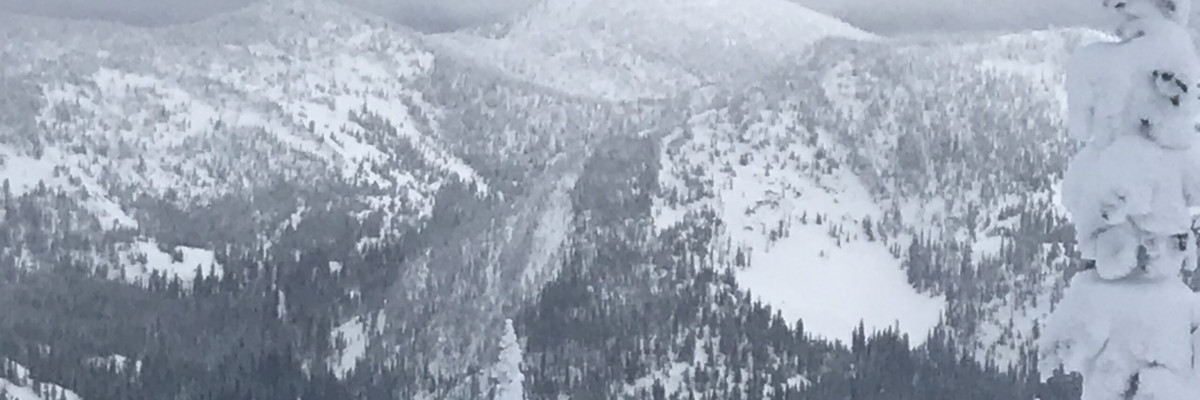A MODERATE avalanche danger exists across the West Central Montana backcountry. Avalanches are possible in specific terrain. Carefully evaluate the snow and terrain to identify areas of heightened concern.
Good morning, this is Logan King with the West Central Montana Avalanche Center’s avalanche advisory for March 1st, 2018. This danger rating does not apply to operating ski areas, expires at midnight tonight and is the sole responsibility of the U.S. Forest Service.
Weather and Snowpack
Snow accumulation was minimal overnight and some areas received a trace to two inches of snow. Winds are currently from the East at 8 mph and gusting to about 20 mph at Point 6 and Mt. Sentinel. Stronger winds can be found in the Bitterroot where Deer Mountain is showing 19 mph winds gusting to 26 mph from the SSE. Mountain temperatures this morning range from 14-24 degrees.
Yesterday we toured in the Rattlesnake. We found lots of deep low-density snow and continued settling, setting up for a pretty stable snowpack. The only concerns we could identify yesterday were small wind slabs in isolated terrain and persistent weak layers that were minimally reactive.
Wind slabs are small and in isolated pockets with the potential for some larger ones near ridge lines and below cornices. Wind slabs did not propagate in stability tests but showed potential to be problematic and have been for the last few days. Look for rounded pillows of snow or unusual surface snow to identify areas where wind has deposited snow.
There is a layer of cold preserved snow from the last storm cycle and a layer of facets that have formed across the region. These layers were quiet yesterday as there was no slab above them to transfer energy. This layer may become more reactive today as warm air temperatures will rapidly change the surface snow. There is the possibility that the surface snow will gain enough cohesion as the snow warms to develop into a slab. Take a minute to dig and identify if this layer is present, and if so re-evaluate it as the day progresses, and conditions change.
Loose wet avalanches will be another growing concern today. With warming temperatures and solar radiation, surface snow activity will increase throughout the day today. Look for roller balls and loose natural releases to identify when and where this problem is developing. Remember that loose wet slides can easily be managed with terrain selection, avoid terrain traps that will increase the consequences if you are seeing increasing signs of loose wet activity.
Avalanche and Weather Outlook
A southwesterly flow will bring warmer air today. Snow showers will be possible today before temperatures drop Friday and a colder moist system sets up for the weekend. While the weather may make some layers more reactive today, overall the avalanche danger shouldn’t climb too much and will remain mostly the same.
If you are out in the backcountry, please send us your observation, these are very helpful in producing the advisory.
Ski and ride safe.
















